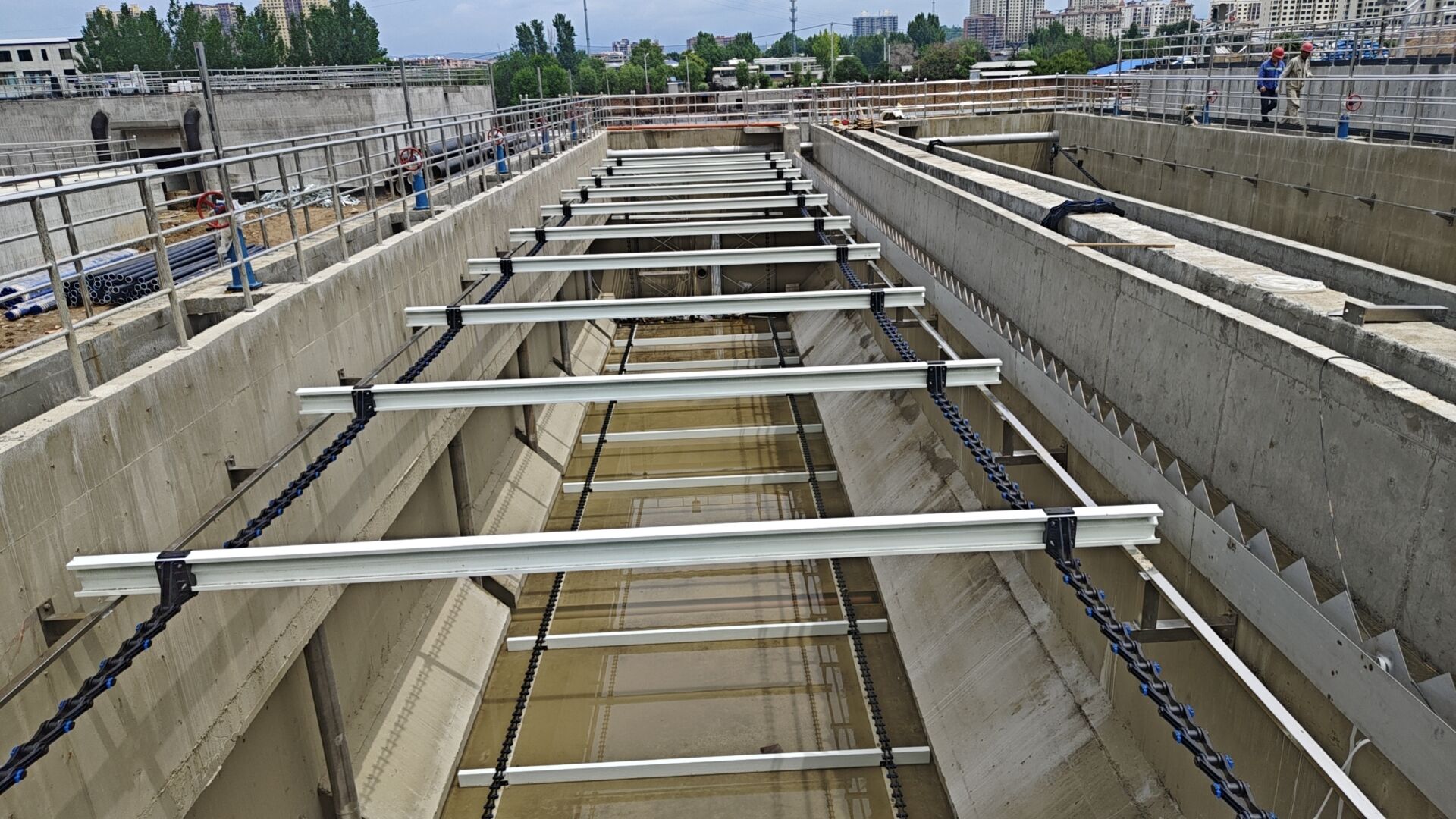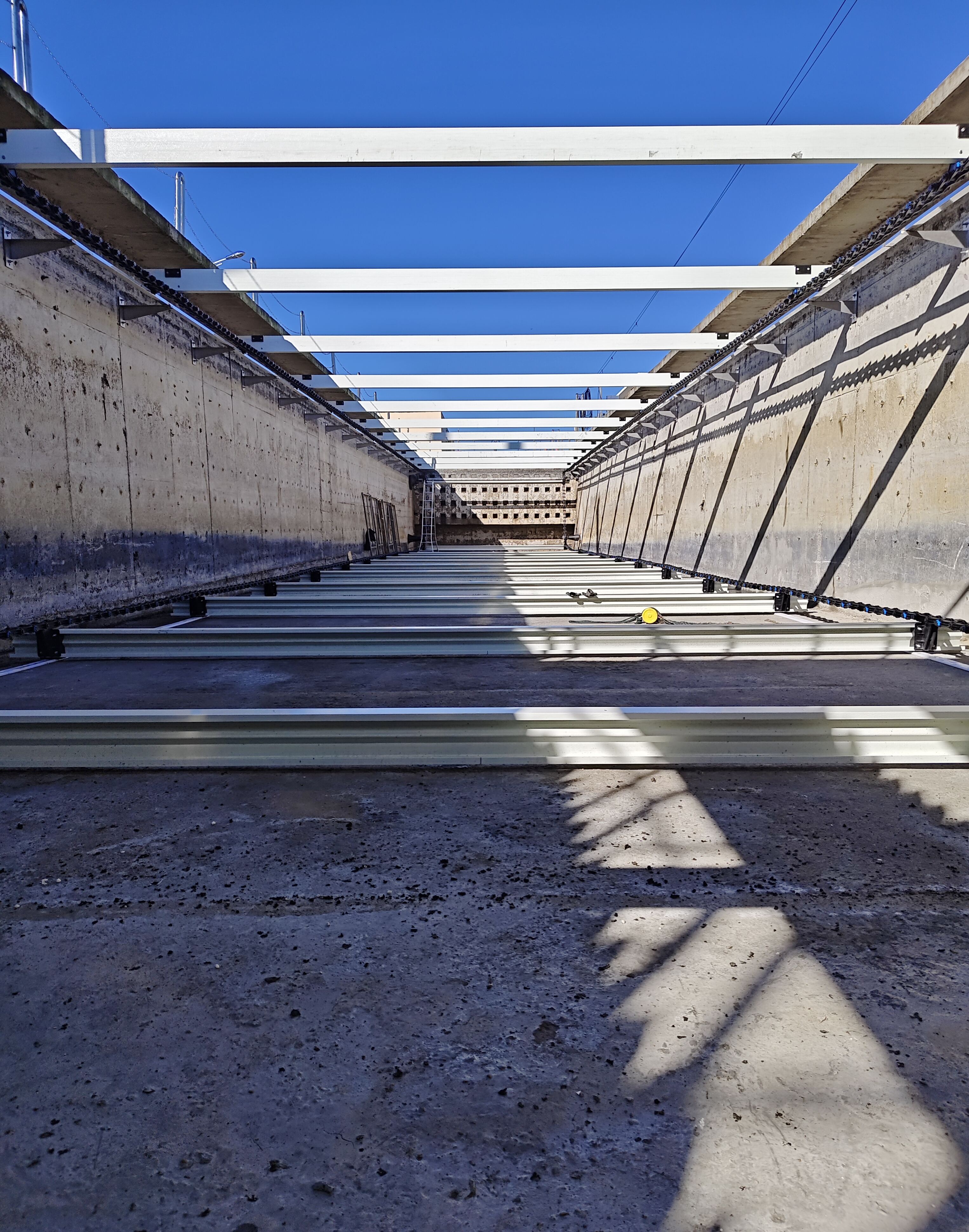
The removal of sludge and slag (a term sometimes used interchangeably with sludge or to denote heavier, more inorganic settleable matter) is a critical mechanical function within water and wastewater treatment sedimentation basins. A plastic scraper engineered for this purpose is a sophisticated component designed to replace traditional metal systems. Its primary role is to continuously traverse the bottom of a circular or rectangular basin, gently pushing the settled material towards a collection hopper for evacuation. The use of engineering plastics—such as High-Density Polyethylene (HDPE), Ultra-High-Molecular-Weight Polyethylene (UHMW-PE), and fiber-reinforced polymers—for constructing these scrapers offers transformative advantages. These materials are inherently corrosion-proof, rendering them immune to the destructive effects of hydrogen sulfide, acidic conditions, and other corrosive elements ubiquitous in treatment environments. Furthermore, they exhibit excellent abrasion resistance, maintaining their structural integrity and scraping efficiency even when moving gritty, abrasive sludges. Their low coefficient of friction and buoyancy in water result in significantly reduced torque requirements, leading to direct energy savings. The lightweight nature of plastic simplifies installation and reduces the load on the drive mechanism, extending its life. We specialize in the design and fabrication of these advanced plastic scraper systems. Our products are precisely engineered for balanced operation, ensuring consistent collection without short-circuiting or disturbing the settled solids blanket. This guarantees optimal clarifier performance, reduces the frequency of desludging cycles, and contributes to a more stable overall treatment process. By choosing a plastic scraper, operators invest in a long-term, maintenance-free solution for sludge and slag removal. For specific application engineering and pricing, please contact our technical sales team.
